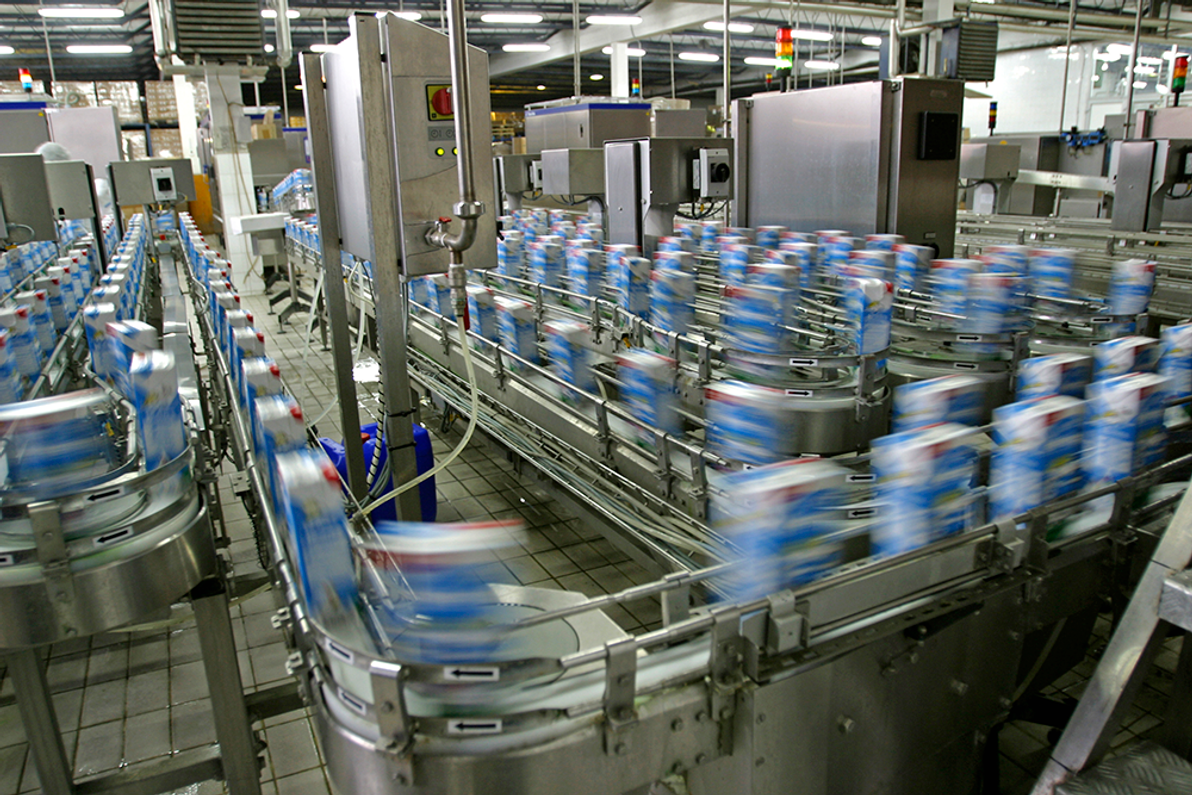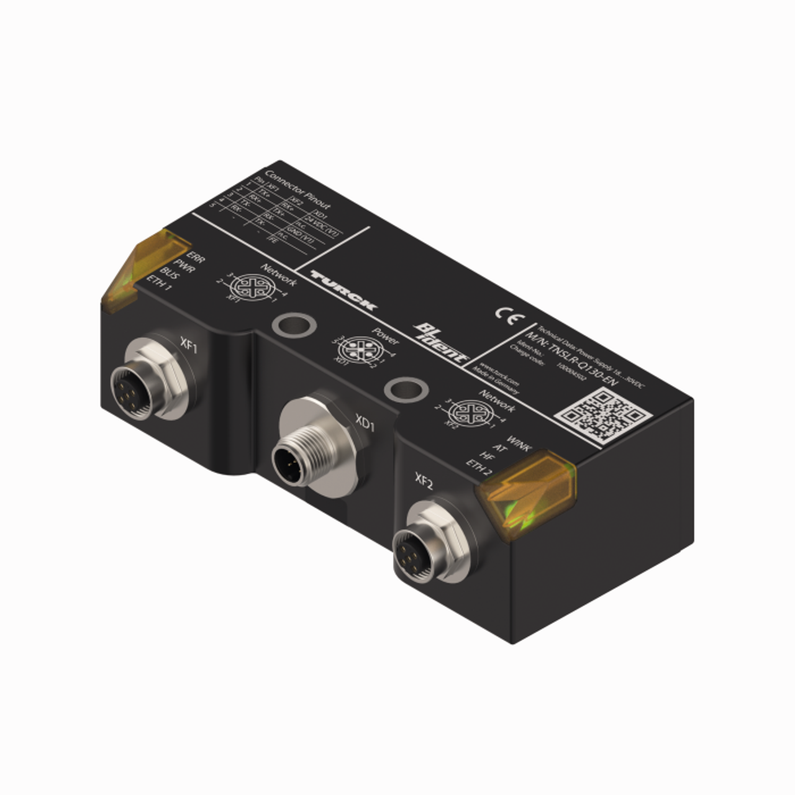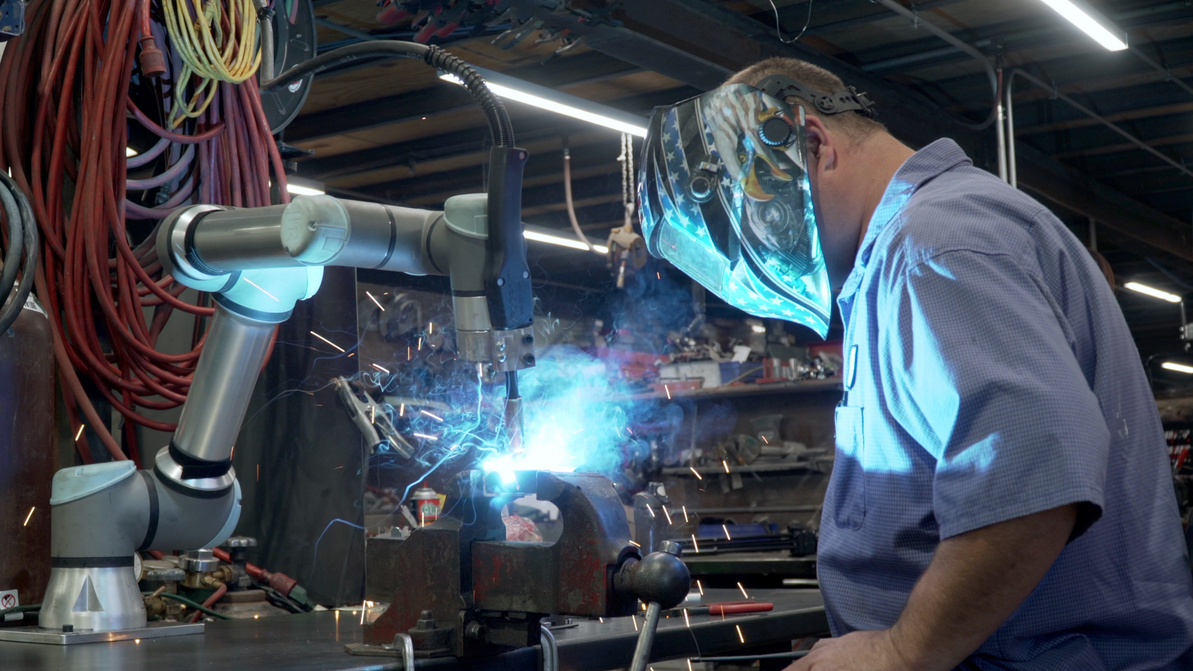Maximizing Automation Efficiency: Choosing the Right Motion Control Technology
In the ever-evolving landscape of industrial automation, engineers are continually pushing the boundaries of what is possible. Automation systems have become more elegant and sophisticated, offering solutions that enhance productivity across various sectors, from production to warehousing and logistics. One crucial factor in maximizing the efficiency of your automation system is selecting the right motion control technology. In this article, we explore the choices between pneumatic, electric, and hybrid automation systems and how to make the most effective decision for your specific application.
Evolution of Automation Systems
Engineers are now designing machines with automation systems that surpass previous levels of sophistication. These advanced systems are enhancing performance in various areas, such as tire manufacturing, automotive production, and packaging lines. The availability of innovative motion control technologies makes these advancements possible. Original equipment manufacturers (OEMs) commonly rely on pneumatic, electric, and hydraulic linear actuators when designing linear motion control systems. However, the choice between these technologies has often been challenging, as each technology has its own unique strengths and limitations.
Historically, OEMs were forced to select only one technology for their automation systems, leading to a complex decision-making process. They had to evaluate application requirements, weigh the strengths of each technology, and select the one that best met their most critical needs. Pneumatic and electric motion control solutions, in particular, are known for their distinct advantages. Pneumatics are robust, easy to maintain, and versatile, while electric motion offers intelligence, speed, and precision. However, the choice between these two is not always straightforward and may vary depending on the application, environment, and machine. OEMs often had to sacrifice certain requirements to fulfill others.
The Emergence of Hybrid Automation Systems
As machines, processes, and priorities have evolved over time, so has motion control technology. The good news is that OEMs are no longer restricted to choosing between pneumatic and electric technologies. The emergence of hybrid automation systems allows them to combine the strengths of both technologies in complex motion control systems, thus maximizing application benefits while minimizing trade-offs. While this innovation expands the possibilities of industrial automation, it also adds complexity to specification and design. To select motion control solutions that align with as many application requirements as possible and engineer optimal linear motion control systems, OEMs must carefully consider their top priorities and the key factors that address them.
Meeting Industry Challenges with Hybrid Automation
The manufacturing landscape is evolving rapidly, driven by industry trends such as sustainability, digital transformation, and changing machine designs. Sustainability has become a top priority globally, with companies striving to reduce energy consumption and carbon emissions. Many industrial sustainability strategies involve transitioning to energy-efficient equipment. To meet this demand, OEMs need to design motion control systems that are energy-efficient and compatible with renewable resources.
Manufacturers are also grappling with challenges like labor shortages, skills gaps, and supply chain disruptions. To remain competitive, they must minimize machine downtime and maximize production. Hybrid automation solutions offer connectivity to controllers and analytics software, providing valuable insights that empower personnel and increase machine availability. This level of visibility and control is a result of the digital transformation of manufacturing facilities, with sensors and smart devices continuously monitoring processes in real time.
Increasing Production Efficiency
Manufacturers are striving to improve productivity by integrating compact, advanced equipment into their production lines. This allows for greater capabilities within the same amount of space. These advanced capabilities often rely on sophisticated motion control systems that automate high-precision tasks. Improved accuracy prevents waste, shorter cycle times increase output, and greater position flexibility allows operators to adapt quickly to changing requirements.
Fundamentals of Pneumatic Motion Control
Pneumatic motion control is known for its robust operation, utilizing compressed gas like air or nitrogen to act on mechanisms. While it is often associated with simple extension and retraction, modern pneumatic technologies offer a wide range of capabilities. They can provide expanded motion range, operational visibility, and control. Pneumatics can generate substantial forces, operate grippers, and utilize accessories like sensors and flow controls for data collection and operational optimization. Differential pressure controllers enable continuous pneumatic positioning, offering manual or automatic control using programmable logic controllers (PLCs).
Fundamentals of Electrical Motion Control
Electrical motion control operates through closed-loop systems, involving electrical actuators, motion controllers, servo drives, motors, and feedback sensors. These systems offer precise control over rotational or linear motion, providing accurate positioning, angular velocities, and acceleration profiles. Unlike some motor designs that maintain a constant speed, servo systems offer a wide range of motion control and synchronization options. They excel in applications like robotics, machining, and manufacturing equipment. Advanced functions include accurate positioning with submicron repeatability, electronic camming, and electronic gearing.
The Advantages of Hybrid Motion Control
Leading motion control technology suppliers now offer integrated solutions that include pneumatic, electrical, or hybrid motion control. These comprehensive packages encompass intelligent devices, motion control, machine control, and analytics. Hybrid automation systems enable OEMs to apply the most suitable technologies for each specific function within production and packaging lines. This flexibility allows for equipment that can produce various products, reduce changeover time, and meet evolving requirements.
How To Select Optimal Motion Control Technology
Choosing the right motion control technology can be challenging with multiple options available. Factors such as sustainability, operational costs, position flexibility, dynamic capabilities, robustness, noise levels, capital expenses, compactness, and process monitoring all play a role in the decision-making process. For some applications, the choice between pneumatic, electric, or a hybrid solution may be clear. However, complex applications often benefit from hybrid motion control, as it combines the strengths of both pneumatic and electric technologies.
Application Examples
- Ensuring Product Quality in Cheese Making: Pneumatic systems excel in applications where products must remain under high pressure for extended periods, ensuring reliability and precision.
- Improving Packaging Productivity: Upgrading packaging machines with electric motion control systems, featuring electric cam discs, significantly simplifies format changes, reducing downtime and enhancing accuracy.
- Optimizing Tire Manufacturing: Pneumatic actuators provide the required precision, reliability, and positional accuracy for uniformity testing during tire manufacturing, maximizing throughput and competitiveness.
Motion Control That Solves Manufacturer Challenges
OEMs have more options than ever for adding motion control to their machines. By considering sustainability, operational costs, position flexibility, dynamic capabilities, robustness, noise levels, capital expenses, compactness, and process monitoring, engineers can make informed decisions to optimize overall machine design. Precise component sizing is crucial to minimize operating costs. A supplier with a comprehensive understanding of real-world application requirements is essential to achieving the best results.
In conclusion, selecting the right motion control technology is crucial for maximizing the efficiency of your automation system. Advances in automation technology, including hybrid solutions, offer unprecedented opportunities for OEMs to address the diverse needs of their customers. By carefully evaluating application requirements and considering key factors, manufacturers can design motion control systems that enhance productivity, reduce energy consumption, and support sustainability goals. Working with experts who provide integrated solutions can streamline the process and ensure optimal results in an ever-changing industrial landscape.
What motion control systems do you use in your industrial manufacturing applications? Discuss it on LinkedIn or call us at 888-600-3080, email us, or schedule a 15 minute exploratory call to inquire about the latest motion control technology to make your application more efficient.
Recent Posts
-
Introducing the Turck Q130 HF Read/Write Head: Revolutionizing RFID Data Management
In today's fast-paced industrial landscape, efficiency and accuracy are paramount. The ability to se …Apr 30th 2024 -
Using Scan Tunnels to Track, Sort and Route Warehouse Packages
If you’re using conveyor lines to move products, packages and shipments through your warehouse, the …Apr 17th 2024 -
Embracing Collaboration: How Universal Robots Transformed DeAngelo Marine Exhaust
When the welding robots made their debut at DeAngelo Marine Exhaust, there was a mix of excitem …Apr 11th 2024




